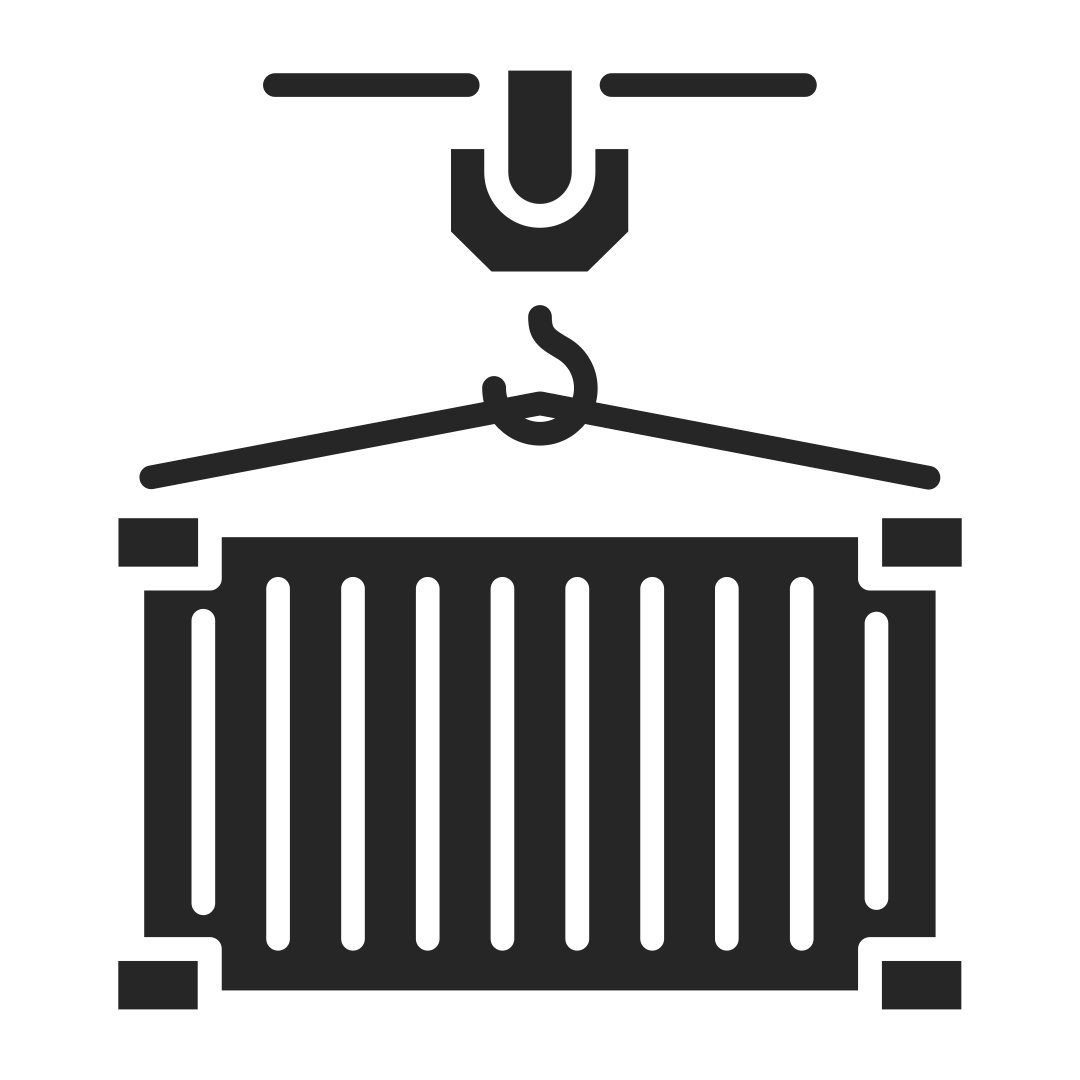Maritime Safety
In this guide, you will learn about the risks involved in the maritime industry, and learn how satellite technology such as GMDSS and and other maritime satellite internet services can help you avoid maritime safety hazards.
Read on for complete details and download the FREE Maritime Safety Checklist to make sure you have the proper procedures, and satellite connectivity in place to be prepared for any potential maritime hazards.
Consult with a Maritime Satellite Communications Expert
Sections
What is Maritime Safety?
Maritime safety refers to the measures taken to prevent accidents, injuries, and other safety hazards in the maritime transportation and operations industry. This includes safety protocols, guidelines, and regulations established to ensure the safety of people, vessels, and the maritime environment.
The goal of maritime safety is to reduce risks and ensure the safety of everyone involved in maritime operations. With the implementation of maritime satellite communications, the risk of maritime safety incidents occurring are greatly decreased.
Pivotel provides a range of maritime safety services designed to support the shipping industry in managing risk and enhancing safety.
These services include real-time tracking, weather updates, and emergency response support, all of which are critical components of maritime safety. Pivotel's Tracertrak services are tailored to meet the unique needs of the maritime industry, providing a range of tools and features to support the safety of crew members and vessels navigating the seas, regardless of their location.
Shop Maritime Satellite Internet Solutions
How Does Satellite Technology Mitigate Maritime Safety Hazards?
Satellite tracking technology improves maritime safety by providing real-time tracking and monitoring of ships, enabling crews to quickly detect and respond to potential hazards. It also allows for improved communication between ships and shore-based authorities, facilitating emergency response and enhancing overall safety at sea.
Automatic Identification Systems (AIS)
Satellite tracking technology, also known as Automatic Identification System (AIS), can mitigate several potential hazards in the shipping industry. Some of these hazards include:

Collision avoidance
AIS can provide real-time information about the location, course, and speed of nearby vessels, allowing ship captains to avoid collisions.
Piracy and terrorism
AIS can help identify vessels that are not broadcasting their positions, allowing for early detection of potential piracy or terrorist threats.
Search and rescue
AIS can assist search and rescue operations by providing the last known location of a vessel in distress.
Environmental protection
AIS can help monitor vessel traffic and identify vessels that may be polluting or engaging in illegal fishing activities.
Cargo security
AIS can provide information about the status and location of cargo, helping to prevent theft and improve supply chain security.Overall, satellite tracking technology can improve safety, security, and efficiency in the shipping industry by providing real-time information about vessel movements and potential hazards.
Learn More about Maritime Digitalisation
What is Global Maritime Distress and Safety System?
GMDSS is an internationally agreed-upon system of communication protocols and procedures that are designed to improve safety and security at sea.
GMDSS stands for Global Maritime Distress and Safety System
GMDSS satellite technology provides numerous benefits to the maritime industry, including:
1. Enhanced safety: GMDSS enables ships to send distress signals quickly and easily in the event of an emergency, allowing for faster and more effective search and rescue operations.
2. Improved communication: GMDSS enables ships to communicate with each other and with shore-based facilities using a range of methods, including voice, data, and email. This improves communication efficiency and can help prevent accidents and other incidents.
3. Global coverage: GMDSS is designed to work anywhere in the world, providing seamless communication and safety services to ships and crews no matter where they are.
4. Reducing response times: GMDSS uses sophisticated satellite tracking and positioning technology to pinpoint the location of ships in distress quickly, allowing rescue services to respond faster.
5. Compliance with international regulations: GMDSS is a requirement for most international shipping, ensuring that vessels are equipped with the necessary communication and safety systems to meet global standards.
Overall, GMDSS satellite technology is a critical component of modern maritime operations, providing enhanced safety, communication, and compliance with international regulations.
Iridium GMDSS Solutions
Iridium brings reliable, truly global GMDSS (Global Maritime Distress and Safety System) services to the market, making critical maritime safety services available anywhere on the globe. Iridium provides capability, coverage, and cost advantages over competitive options.
→ Distress Alert
Activated by the press of a button, distress alerting sends basic, but critical data to a Rescue Coordination Center (RCC): ID, Status, Position
→ Safety Voice
Connect to an RCC and other maritime authorities through a call to share additional details about the distress situation: High Priority Calling, Hydrographic Reporting, Medical Assistance
→ Maritime Safety Information (MSI)
MSI is transmitted through an Enhanced Group Call (EGC) service called Iridium SafetyCastSM: Navigational, Meteorological, Safety-Related
→ Additional Features
Distress Alert Relay, Shore-to-Ship Distress Calling, Maritime Assistance, Standard Maritime Calling & Messaging
Maritime Safety Regulations and Resources
Maritime safety regulators are responsible for ensuring that ships, ports, and offshore facilities are operated in a safe and environmentally responsible manner. They develop and enforce regulations, standards, and guidelines that aim to prevent accidents, protect the environment, and promote the safety of life at sea.
Maritime safety regulators can vary by country or region, but here are some of the key international regulators:
International Maritime Organization (IMO)
The IMO is the United Nations agency responsible for improving the safety and security of international shipping and preventing marine pollution from ships.
European Maritime Safety Agency (EMSA)
EMSA is a European Union agency responsible for improving maritime safety, pollution prevention, and response, and maritime security.
National Oceanic and Atmospheric Administration (NOAA)
NOAA is a United States based fisheries regulator that requires the owner or operator of certain vessels to electronically declare a trip before leaving. Pivotel's Fleet VMS Vessel Monitoring System meets NOAA regulations and provides additional voice and data connectivity.
National maritime authorities
Each country typically has its own national maritime authority, such as the United States Coast Guard (USCG), the Maritime and Coastguard Agency (MCA) in the United Kingdom, Transport Canada, or the Australian Maritime Safety Authority (AMSA). These organisations are responsible for implementing and enforcing national maritime safety regulations and standards.
Next Steps
1. Speak with a Marine Satellite Expert
2. Download the FREE Maritime Safety Checklist ↓

Download Now